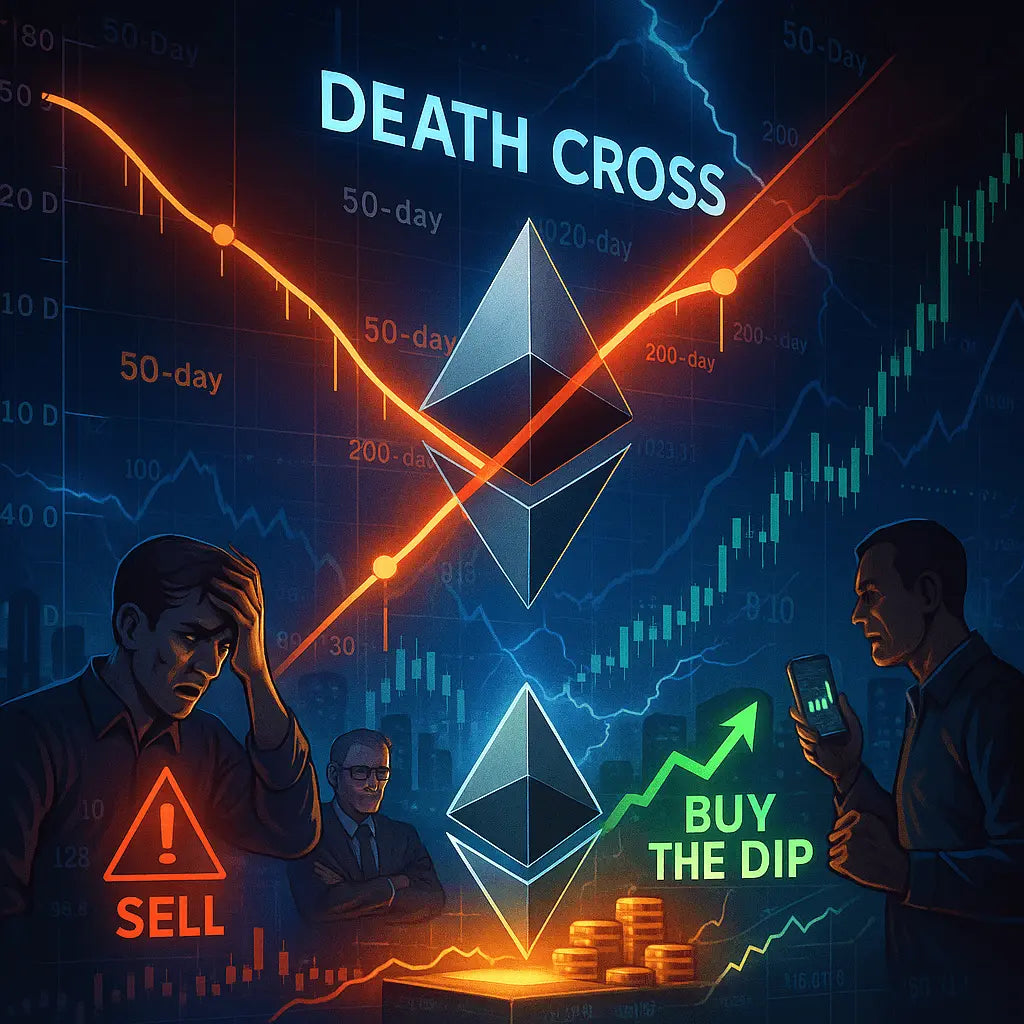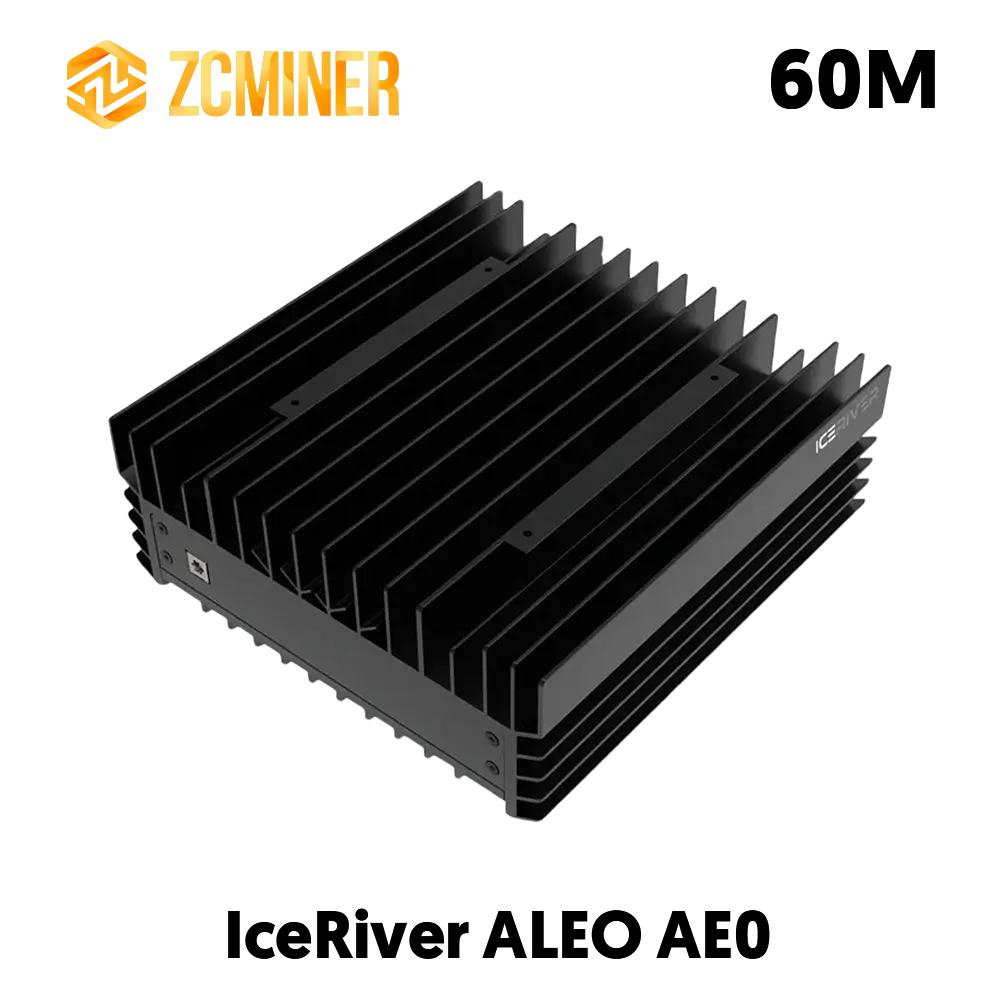A major technical indicator has just flashed on Ethereum’s chart — and it has traders on high alert. According to a recent report from Cointelegraph, Ethereum (ETH) has printed a "death cross" on its biweekly chart for the first time since 2022. Back then, it preceded a steep drop. So, is history about to repeat itself, or is the market simply shaking out weak hands before its next big move?

What Is a Death Cross and Why Does It Matter?
In technical analysis, a death cross occurs when a short-term exponential moving average (EMA) — such as the 20-week EMA — crosses below a long-term EMA like the 50-week EMA. This is generally seen as a bearish signal, suggesting that downside momentum is gaining strength and a prolonged correction could be ahead.
While it’s not a guaranteed predictor of a crash, the death cross has historically coincided with periods of weakness — especially in risk-on assets like cryptocurrencies.
Flashback to 2022: A Cautionary Tale
The last time Ethereum experienced a similar signal was in mid-2022. That death cross was followed by a 40% drop in price, as the broader crypto market was dragged down by rising interest rates, macroeconomic uncertainty, and major collapses like Terra (LUNA).
Today's chart structure looks eerily similar. After failing to break above the $4,000 level earlier this year, ETH is now trending lower and struggling to stay above key moving averages. Many investors are worried that this might mark the start of another bearish cycle.
Current Technical Outlook: Breakdown or Fakeout?
ETH is currently trading below both the 20-week and 50-week EMAs, a signal that short- and mid-term momentum has weakened. If it fails to reclaim these levels soon, the next key area to watch is around $1,835 — a major Fibonacci support zone that served as a floor during previous downtrends.
A breakdown below $1,835 could accelerate selling and potentially take ETH toward lower support zones. On the flip side, if ETH manages to reclaim the EMAs with strong volume, the bulls could regain control and aim for a move toward the $3,500–$4,000 range in the coming months.
On-Chain Strength: Fundamentals Remain Resilient
Despite the technical weakness, Ethereum’s network fundamentals remain strong:
-
Daily transactions are near 1.45 million, the highest in 2024 so far.
-
Institutional capital continues to flow in — investment products tracking ETH saw significant inflows last week, pushing total assets under management (AUM) to $14.29 billion.
-
ETH staking continues to rise, with over 28% of circulating supply locked up, reducing sell pressure and supporting long-term valuation.
These on-chain signals suggest that while price may dip in the short term, the long-term investment case for Ethereum remains intact.
What Should Traders and Investors Do?
Depending on your risk appetite, there are different ways to interpret the death cross:
For Cautious Investors:
-
Avoid heavy buying until ETH reclaims the 20/50-week EMAs.
-
Watch the $1,835 support — a breakdown here could indicate deeper downside.
-
Use a stop-loss strategy to manage capital in case the market moves against your position.
For Opportunistic Buyers:
-
Consider buying in tranches near key support zones (e.g. $1,850–$1,900), especially if on-chain activity remains strong.
-
Look for confirmation signals — like high volume reclaiming of EMAs or bullish divergence in RSI — before going heavy.
-
Set mid-term targets around $3,500–$4,000 if momentum turns.
Conclusion: Death Cross ≠ Doom
While a death cross is a serious warning sign, it’s not necessarily the end of the road. In fact, in previous cycles, Ethereum has staged major comebacks after similar setups — but only after shaking out weak hands.
The key is to remain calm and strategic. Let the technicals inform your timing, but let the fundamentals guide your conviction. Ethereum remains the backbone of Web3, DeFi, and staking innovation — and any dip could turn into a long-term opportunity for the patient investor.











Leave a comment
This site is protected by hCaptcha and the hCaptcha Privacy Policy and Terms of Service apply.